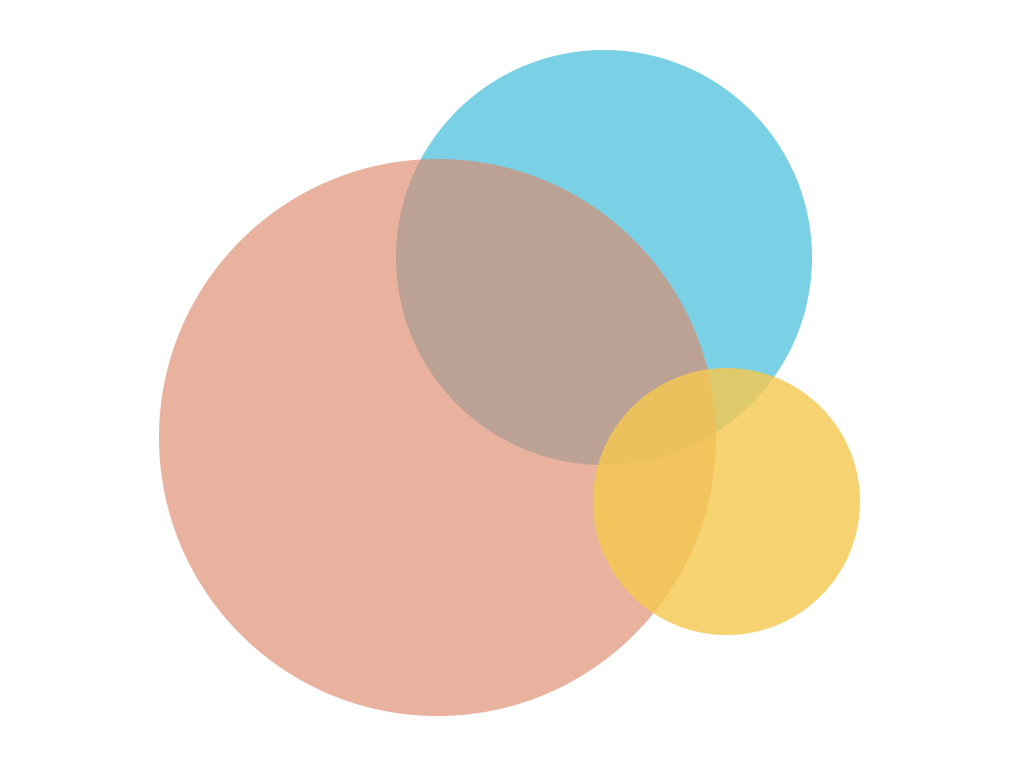About this course
When you set out to publish historical documents, you generally have an idea of what you want to do. For example, you might be interested in publishing a specific set of documents. Likewise, you might be interested in documenting a topic, an event, an individual, or a group.
Selection is the process of deciding which documents you’ll publish. It involves refining the process you use to survey documents and deciding how many, and which ones, you intend to publish. When you develop a selection policy, you define the “edges” of your edition, which helps you determine which documents to include and which ones to exclude. These layers of analysis and decisions, in effect, amount to an argument about the significance and research value of the materials you’re editing.
What you'll learn
- Explain how the intellectual activity of selection forms the basis of a publication.
- Apply selection policies and practice to documents.
- Articulate your views of subjectivity and selection.
- Craft a selection policy for your project.
Additional Resources
Mary Jo Kline and Susan H. Perdue, “Initiating an Editing Project,” A Guide to Documentary Editing, 3d edition. John Y. Simon, “The Canons of Selection,” Documentary Editing, December 1984 (reprinted Fall 2003).
Course Content
Course Glossary
- Comprehensive Edition
With respect to a collection of source materials, a comprehensive edition publishes all or nearly all of those materials. See in contrast to a selected edition.
- Document
A handwritten, printed, or oral type of source material. Documents may include letters, diaries, financial records, invitations, event flyers, newspaper articles, poems, speeches, interviews and more.
- Documentation
The process of writing down the policy decisions that you have made in order to share them with readers and ensure that you apply them consistently.
- Modified Comprehensive Edition
With respect to a collection of source materials, a modified comprehensive edition publishes all materials that fit within a defined category. For example, a practitioner creating a modified comprehensive edition might select all materials from a specific range of years, a certain format of materials (eg. letters, speeches, oral interviews), or all materials from a specific geographical area. See in contrast to a selected edition, and a comprehensive edition.
- Selected Edition
With respect to a collection of source materials, a selected edition publishes only a subset of those materials. The practitioner decides what subset will be prepared and published within the edition and what materials fit within that subset. See in contrast to a comprehensive edition.
- Selection
The process of deciding which source materials will be included in your publication.
- Subjectivity
The quality of being based on or influenced by personal feelings, tastes, or opinions, or societal or historiographical practices and beliefs.


